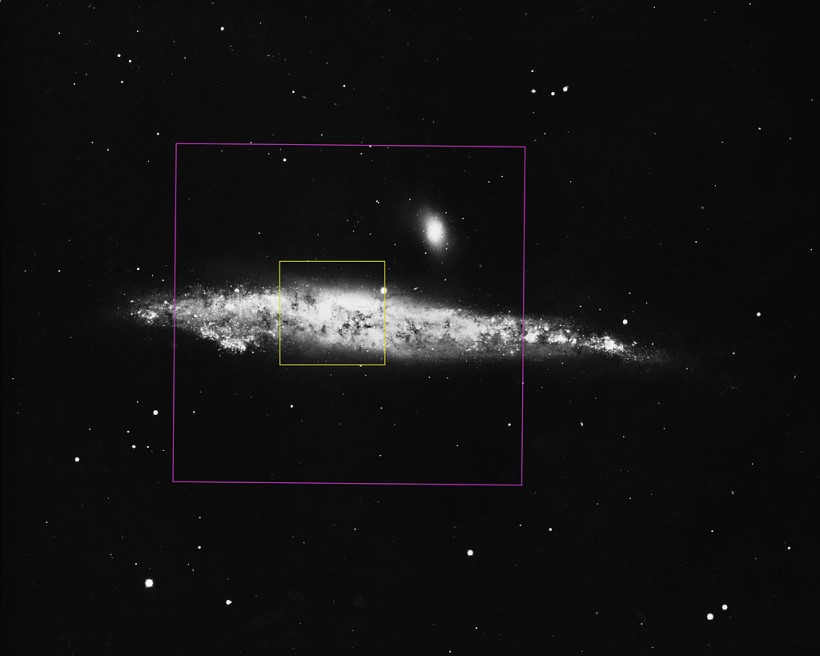In March, astronomers witnessed two neutron stars colliding, producing an exceptionally bright gamma ray burst (GRB). A new study published in Nature confirms that this explosion, a kilonova, generated rare heavy metals like tellurium, suggesting that such events are crucial for creating heavy elements in the universe. The discovery highlights the significance of gamma-ray bursts in cosmic heavy element formation.

An image from NASA''s Chandra X-ray Observatory of spiral galaxy NGC 4631. The two boxes on this image represent the areas covered by the X-ray/ultraviolet and the X-ray/optical composites.
Neutron Star Merger Produces Unprecedented 200-Second GRB
Neutron stars, the remnants of massive stars, are incredibly dense celestial objects, resembling a star the size of the Sun compressed into a city-sized volume.
The two stars studied in this research were part of a binary system, ejected 120,000 light years away from their home galaxy, a journey spanning billions of years as they gradually spiraled closer to one another.
The resulting explosion was extraordinary for several reasons. The GRB it generated was exceptionally bright and unusually long, lasting a remarkable 200 seconds. This stands in stark contrast to most previously observed GRBs resulting from merging neutron stars, which typically last less than two seconds and are a rare phenomenon.
Kilonovae, such as this one, are extremely uncommon, making them challenging to observe. Short GRBs, traditionally associated with events lasting less than two seconds, can be the outcome of these infrequent merger events, whereas long gamma-ray bursts, which last several minutes, are typically linked to the explosive demise of massive stars.
The case of GRB 230307A is notably intriguing. It was first detected by Fermi in March and ranks as the second brightest GRB observed in over half a century of observations, shining about 1,000 times brighter than a typical gamma-ray burst typically observed by Fermi.
Despite its extended duration of 200 seconds, it fits into the category of long-duration gamma-ray bursts, indicating its origin in a merging neutron star, a rare and significant find, as noted by Eric Burns, a co-author of the study affiliated with the Fermi team at Louisiana State University.
Collaboration of Telescopes Uncover Cosmic Secrets and Heavy Element Formation
Through a collaborative effort involving numerous ground-based and space telescopes, scientists rapidly gathered a wealth of data upon detecting the burst. This exemplifies the synergy between satellites and telescopes in monitoring real-time changes in the universe.
Following the initial detection, an extensive series of observations from various wavelengths, including gamma-ray, X-ray, optical, infrared, and radio, precisely located the source and tracked its evolving brightness. The characteristics of the optical/infrared counterpart, including its rapid evolution, faintness, and reddening, are distinctive markers of a kilonova.
Despite the infrequency of kilonovae, the presence of tellurium suggests that other heavy elements, such as iodine and thorium, situated nearby in the periodic table, are distributed throughout the cosmos through these remarkable explosions. In contrast, lighter elements like iron are believed to originate within stellar cores.
The research into these colossal explosions is ongoing, with the hope of capturing more such GRBs in action. The ultimate goal is to gain a deeper understanding of the forces driving these events and to investigate the potential creation of even heavier elements, as emphasized by co-author Ben Gompertz, an astronomer at the University of Birmingham.
RELATED ARTICLE: NASA Telescopes Detect Gamma-Ray Bursts From Star That Hit Earth
Check out more news and information on Space in Science Times.














